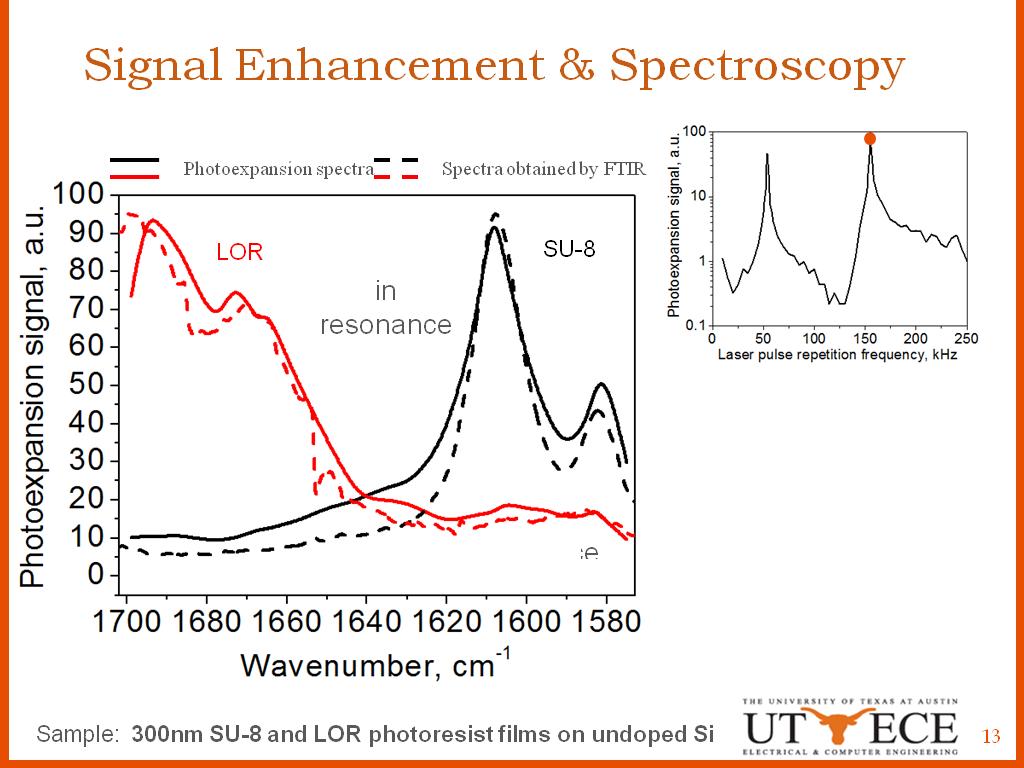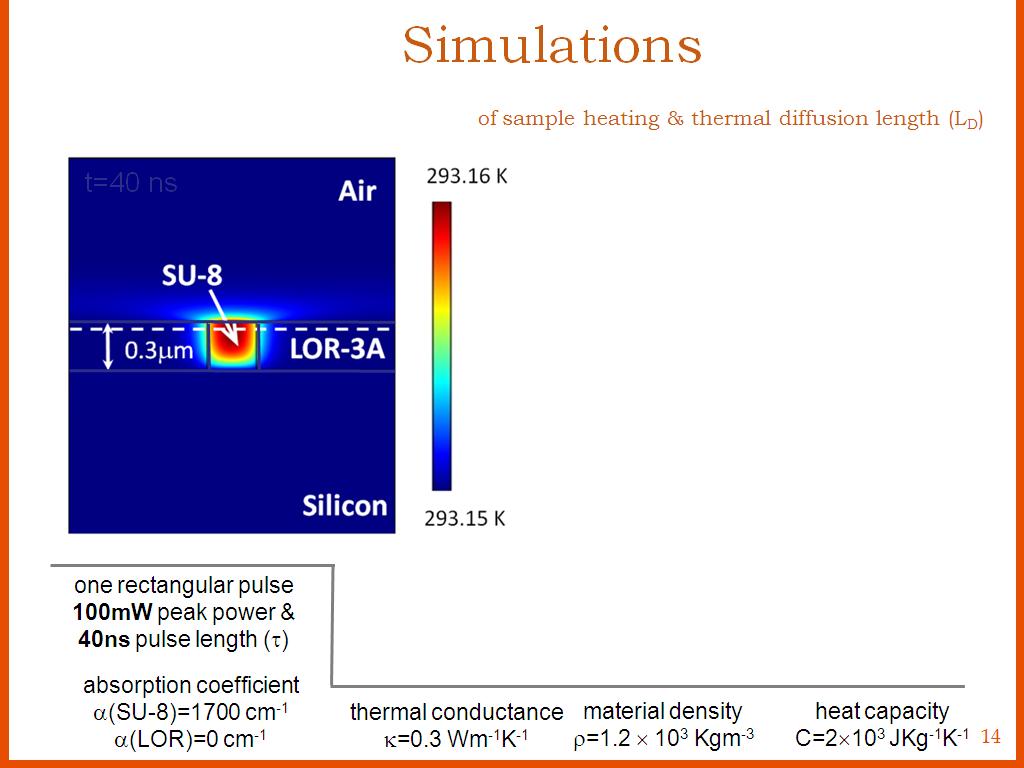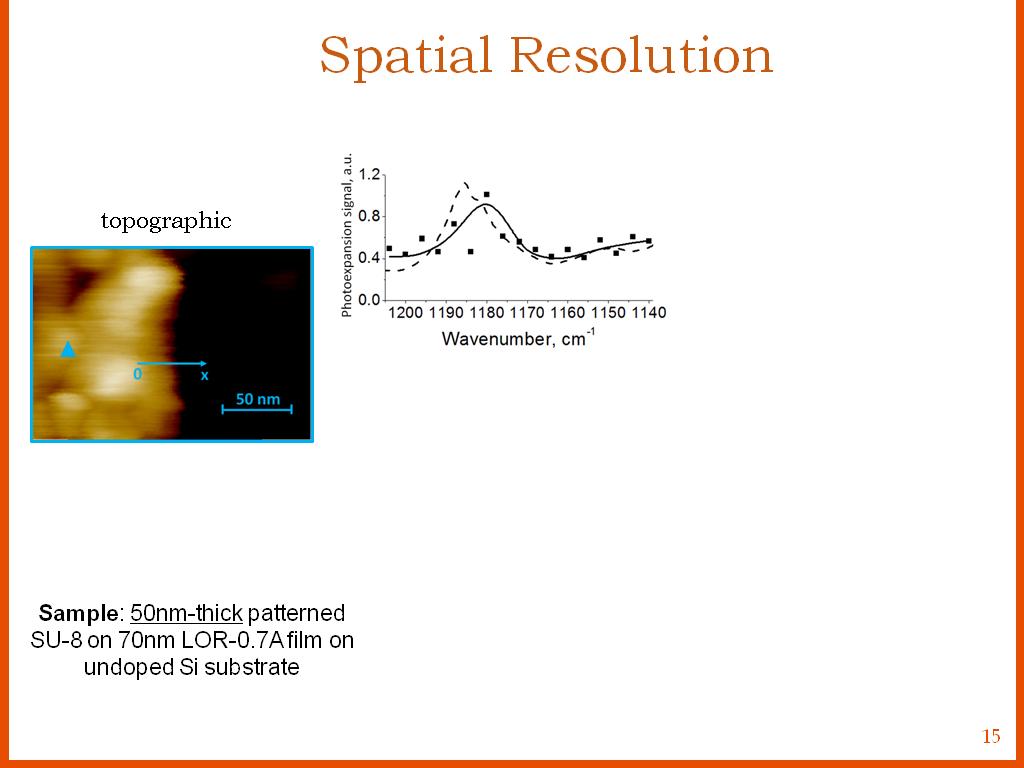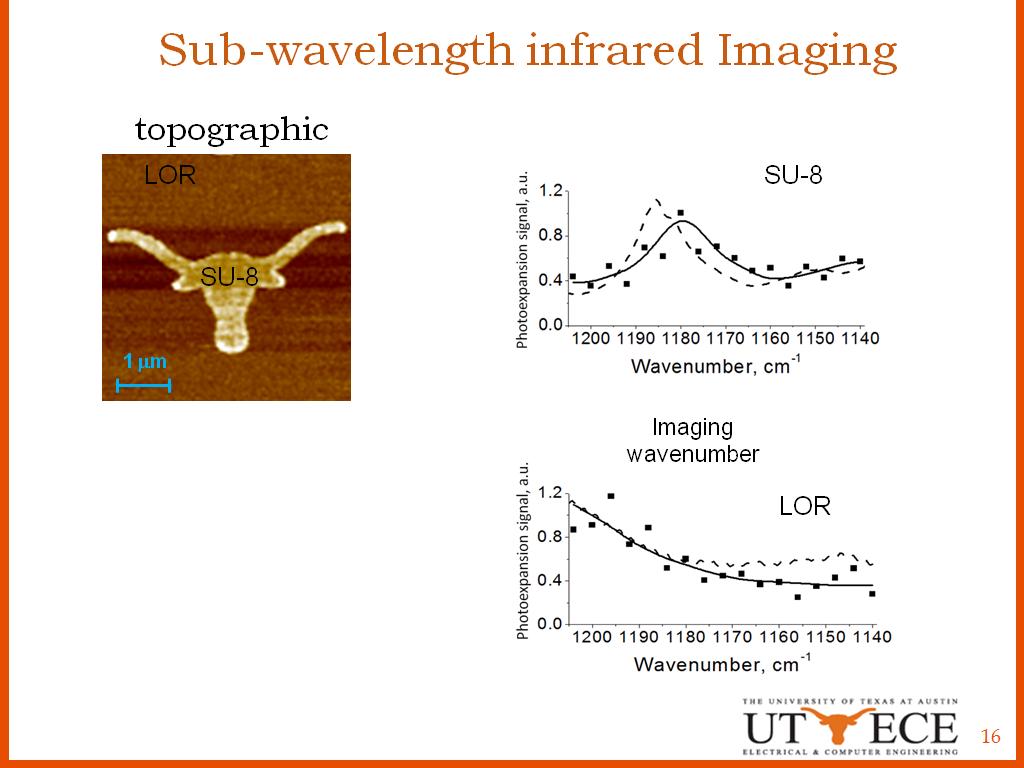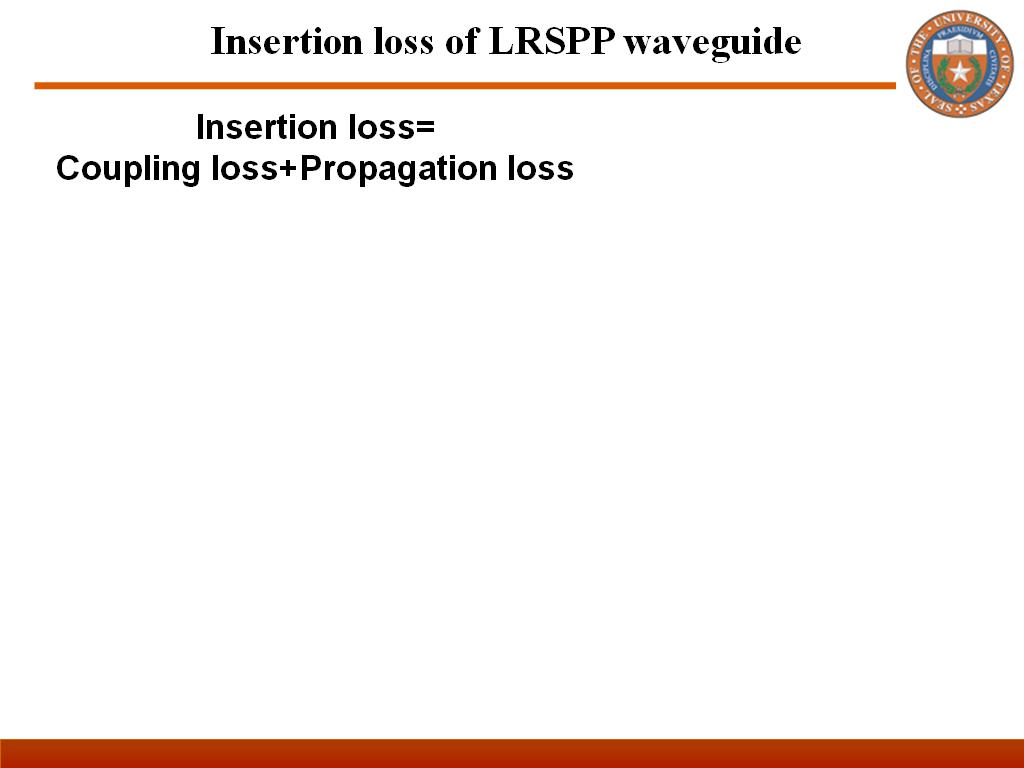Nanoscale Spectroscopy and Plasmonics in Infrared
Nanoscale Spectroscopy and Plasmonics in Infrared
-
 1. Nanoscale Spectroscopy and Pla…
8.6666666666666661
00:00/00:00
1. Nanoscale Spectroscopy and Pla…
8.6666666666666661
00:00/00:00 -
 2. Background and talk outline
55.3
00:00/00:00
2. Background and talk outline
55.3
00:00/00:00 -
 3. Outline
127.3
00:00/00:00
3. Outline
127.3
00:00/00:00 -
 4. Quantum Cascade Lasers
133.43333333333334
00:00/00:00
4. Quantum Cascade Lasers
133.43333333333334
00:00/00:00 -
 5. Motivation
387.96666666666664
00:00/00:00
5. Motivation
387.96666666666664
00:00/00:00 -
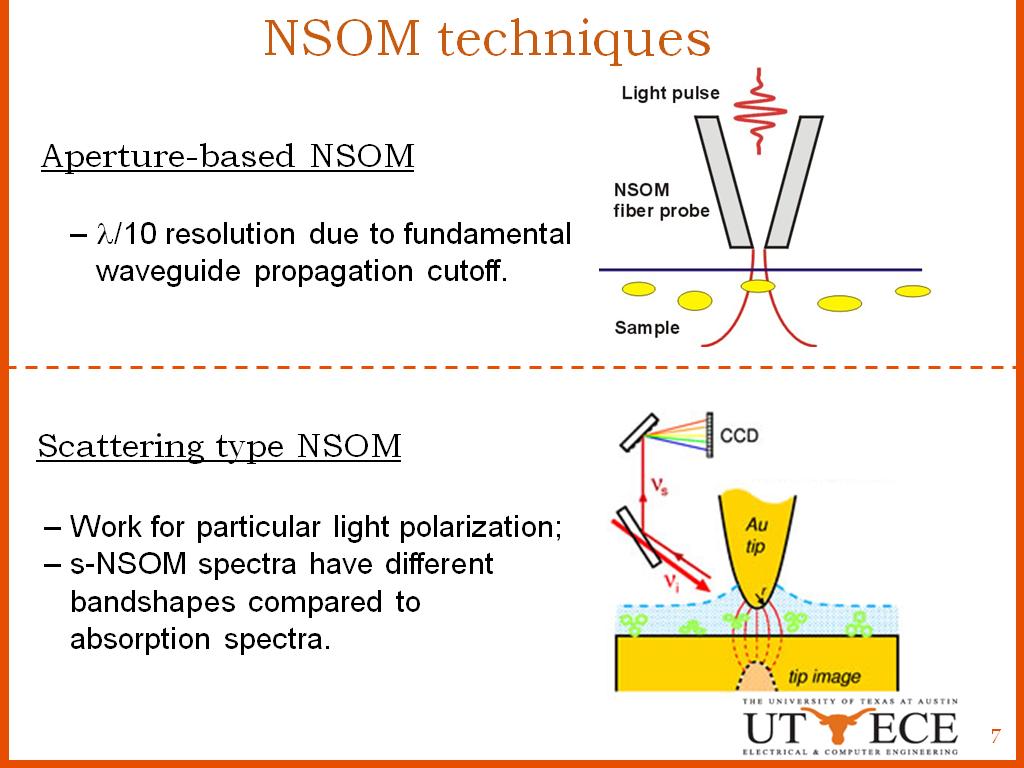 6. NSOM techniques
516.3
00:00/00:00
6. NSOM techniques
516.3
00:00/00:00 -
 7. Photoexpansion Microscopy
659.2
00:00/00:00
7. Photoexpansion Microscopy
659.2
00:00/00:00 -
 8. Photoexpansion Microscopy
925.13333333333333
00:00/00:00
8. Photoexpansion Microscopy
925.13333333333333
00:00/00:00 -
 9. Resonance enhancement
1056.6666666666667
00:00/00:00
9. Resonance enhancement
1056.6666666666667
00:00/00:00 -
 10. Enhancement analysis
1320.5333333333333
00:00/00:00
10. Enhancement analysis
1320.5333333333333
00:00/00:00 -
 11. Experimental Setup
1373.4
00:00/00:00
11. Experimental Setup
1373.4
00:00/00:00 -
 12. Signal Enhancement & Spectrosc…
1480.8666666666666
00:00/00:00
12. Signal Enhancement & Spectrosc…
1480.8666666666666
00:00/00:00 -
 13. Simulations
1673.3666666666666
00:00/00:00
13. Simulations
1673.3666666666666
00:00/00:00 -
 14. Spatial Resolution
1853.7666666666667
00:00/00:00
14. Spatial Resolution
1853.7666666666667
00:00/00:00 -
 15. Sub-wavelength infrared Imagin…
1997.4666666666667
00:00/00:00
15. Sub-wavelength infrared Imagin…
1997.4666666666667
00:00/00:00 -
 16. Plasmonic enhancement
2057.6
00:00/00:00
16. Plasmonic enhancement
2057.6
00:00/00:00 -
 17. Plasmonic enhancement: experim…
2218.4333333333334
00:00/00:00
17. Plasmonic enhancement: experim…
2218.4333333333334
00:00/00:00 -
 18. Summary
2315.7666666666669
00:00/00:00
18. Summary
2315.7666666666669
00:00/00:00 -
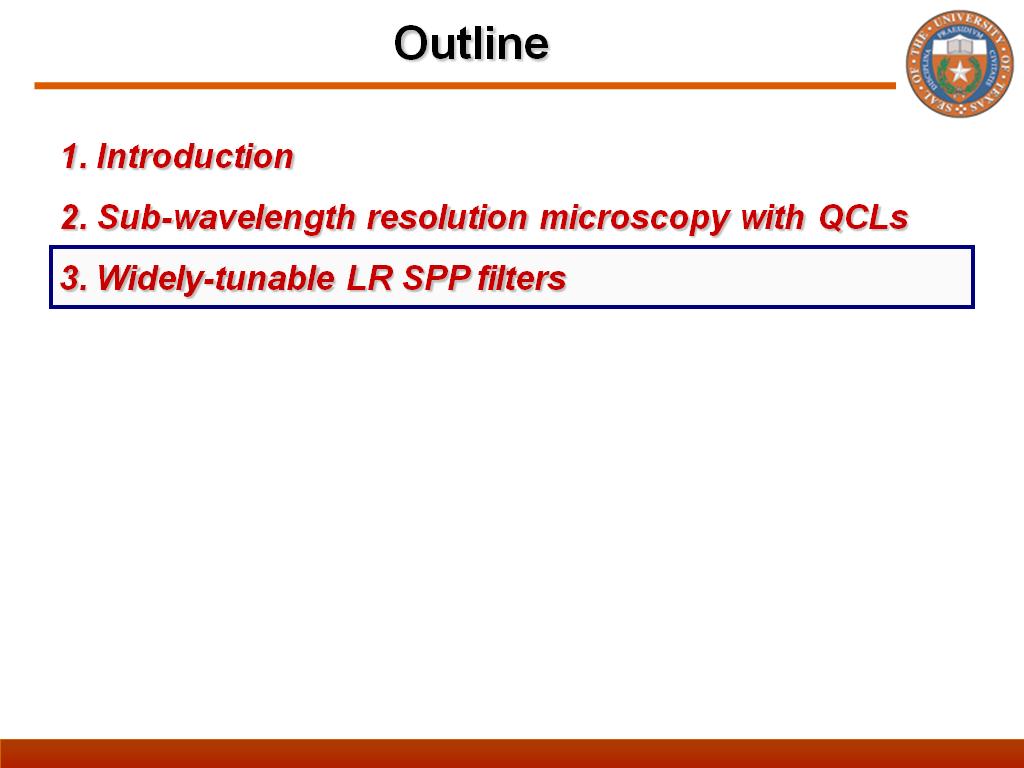 19. Outline
2530.5666666666666
00:00/00:00
19. Outline
2530.5666666666666
00:00/00:00 -
 20. Motivation
2541.1333333333332
00:00/00:00
20. Motivation
2541.1333333333332
00:00/00:00 -
 21. Long-range surface plasmon pol…
2674.1666666666665
00:00/00:00
21. Long-range surface plasmon pol…
2674.1666666666665
00:00/00:00 -
 22. LRSPP characteristics
2786
00:00/00:00
22. LRSPP characteristics
2786
00:00/00:00 -
 23. Insertion loss of LRSPP wavegu…
2828.2333333333331
00:00/00:00
23. Insertion loss of LRSPP wavegu…
2828.2333333333331
00:00/00:00 -
 24. Widely-tunable LR SPP bandpass…
2906.8
00:00/00:00
24. Widely-tunable LR SPP bandpass…
2906.8
00:00/00:00 -
 25. Proof-of-principle device
3118.4
00:00/00:00
25. Proof-of-principle device
3118.4
00:00/00:00 -
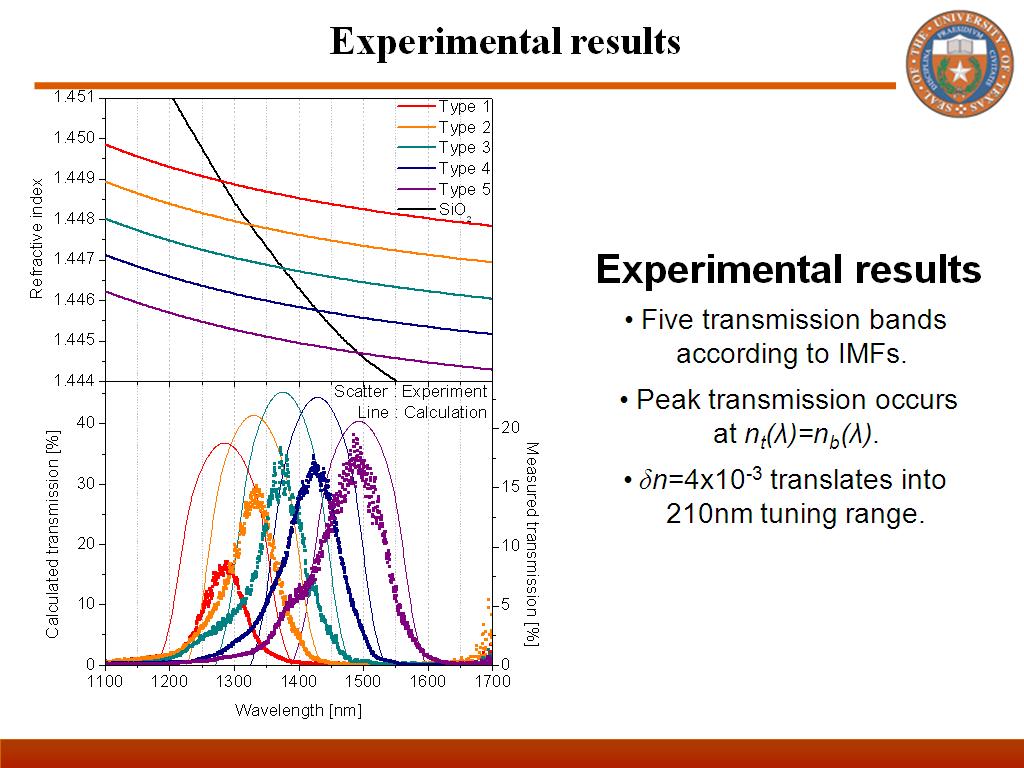 26. Experimental results
3208.2333333333331
00:00/00:00
26. Experimental results
3208.2333333333331
00:00/00:00 -
 27. Experimental results
3346.6
00:00/00:00
27. Experimental results
3346.6
00:00/00:00 -
 28. Summary
3462.1333333333332
00:00/00:00
28. Summary
3462.1333333333332
00:00/00:00 -
 29. Research group
3520.8666666666668
00:00/00:00
29. Research group
3520.8666666666668
00:00/00:00 -
 30. Widely-tunable LR SPP bandpass…
3568.3
00:00/00:00
30. Widely-tunable LR SPP bandpass…
3568.3
00:00/00:00 -
 31. Experimental results
3631.9333333333334
00:00/00:00
31. Experimental results
3631.9333333333334
00:00/00:00 -
 32. Widely-tunable LR SPP bandpass…
3669.5666666666666
00:00/00:00
32. Widely-tunable LR SPP bandpass…
3669.5666666666666
00:00/00:00
 Mikhail Belkin received his B.S. degree in Physics and Mathematics from Moscow Institute of Physics and Technology in 1998 and Ph.D. in Physics from the University of California at Berkeley in 2004. From 2004 to 2008 he worked in Federico Capasso's group in the School of Engineering and Applied Sciences at Harvard University, first as a postdoctoral fellow and later as a research associate. He joined the faculty of the University of Texas at Austin in the fall of 2008.
Mikhail Belkin's current research interests include the development of novel quantum cascade lasers, giant optical nonlinearities in semiconductor nanostructures, mid-infrared and THz photonic and plasmonic systems for chemical sensing, and metamaterials in mid-infrared. Several of the recent publications he co-authored have received considerable media coverage, in particular his work on THz semiconductor laser sources based on intra-cavity difference-frequency generation (see MIT Technology Review, Laser Focus World, Science Daily, and others), a millimeter-sized mid-infrared spectrometer for chem/bio sensing (see MIT Technology Review, Photonics Spectra, Science Daily, and others), and THz quantum cascade lasers with record operating temperatures (see Optics.ORG).
Mikhail Belkin received his B.S. degree in Physics and Mathematics from Moscow Institute of Physics and Technology in 1998 and Ph.D. in Physics from the University of California at Berkeley in 2004. From 2004 to 2008 he worked in Federico Capasso's group in the School of Engineering and Applied Sciences at Harvard University, first as a postdoctoral fellow and later as a research associate. He joined the faculty of the University of Texas at Austin in the fall of 2008.
Mikhail Belkin's current research interests include the development of novel quantum cascade lasers, giant optical nonlinearities in semiconductor nanostructures, mid-infrared and THz photonic and plasmonic systems for chemical sensing, and metamaterials in mid-infrared. Several of the recent publications he co-authored have received considerable media coverage, in particular his work on THz semiconductor laser sources based on intra-cavity difference-frequency generation (see MIT Technology Review, Laser Focus World, Science Daily, and others), a millimeter-sized mid-infrared spectrometer for chem/bio sensing (see MIT Technology Review, Photonics Spectra, Science Daily, and others), and THz quantum cascade lasers with record operating temperatures (see Optics.ORG). 



















